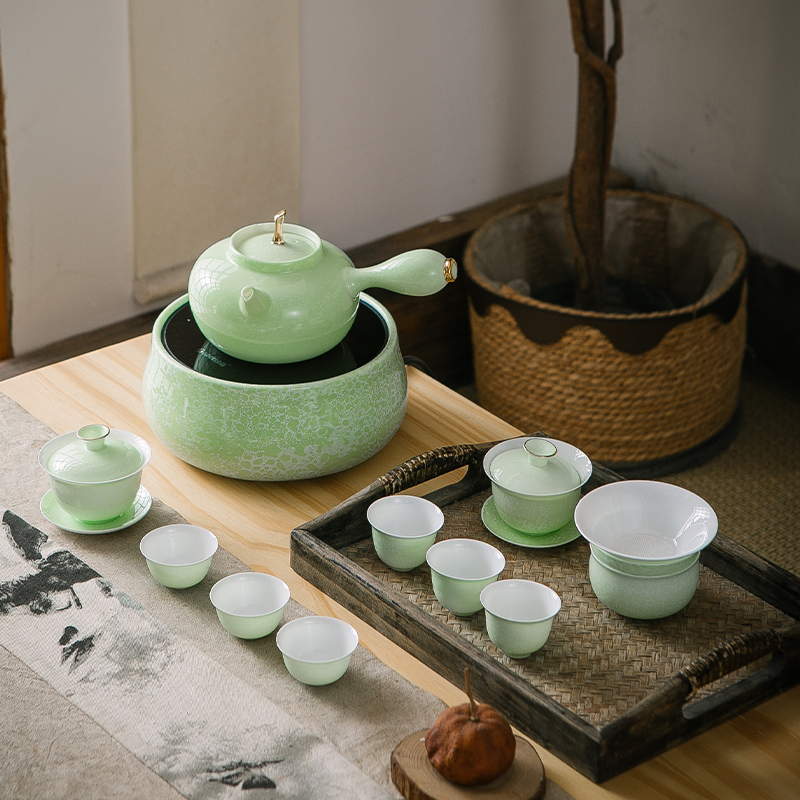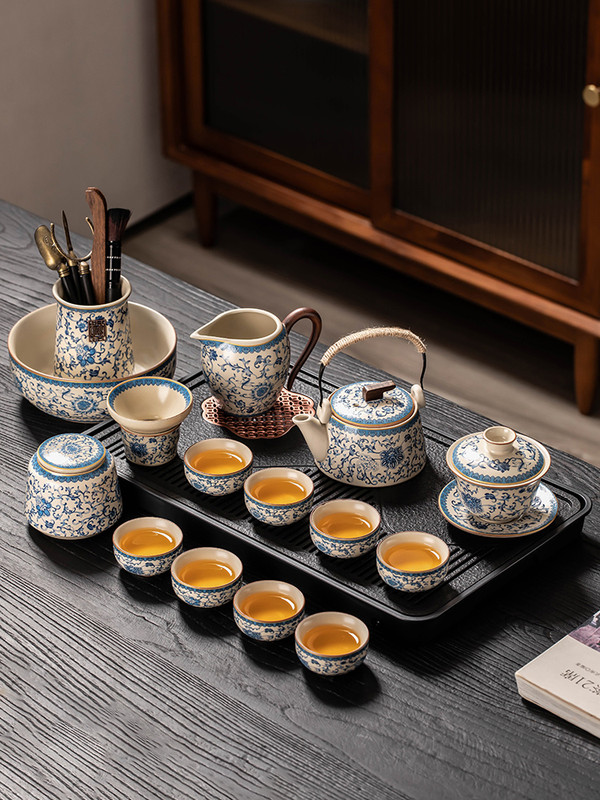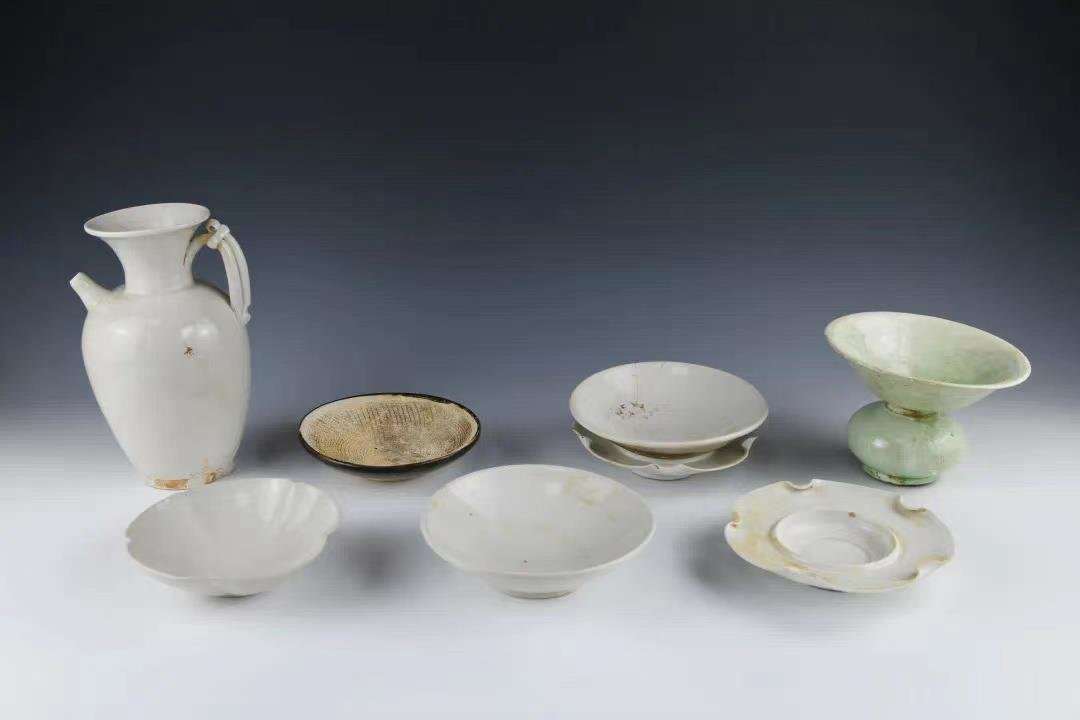Ceramic teaware has been a cornerstone of tea culture for millennia, bridging practicality and artistry across civilizations. From the delicate porcelain cups of Chinese imperial courts to the rustic stoneware pots of Japanese tea ceremonies, ceramic teaware embodies the harmony between human craftsmanship and the natural world. This article explores the history, craftsmanship, and enduring appeal of ceramic teaware.

A Historical Tapestry
The story of ceramic teaware begins in ancient China, where the discovery of kaolin clay and high-fire kilns during the Tang Dynasty (618–907 CE) revolutionized tea preparation. Porcelain, often called “white gold,” became a symbol of refinement, prized for its translucent beauty and resonant chime when tapped. By the Song Dynasty (960–1279), ceramic teaware had evolved into an art form, with craftsmen perfecting celadon glazes and intricate hand-painted motifs.
In Japan, the introduction of Zen Buddhism and the ritualized chanoyu (tea ceremony) during the 16th century elevated ceramic teaware to spiritual significance. Wabisuke-style raku teapots, with their irregular shapes and earthy glazes, exemplified the Zen aesthetic of imperfection and mindfulness. Meanwhile, in Europe, the 18th-century fascination with Chinese export porcelain spurred the development of European ceramic industries, including Meissen in Germany and Wedgwood in England.
The Craftsmanship Behind Ceramic Teaware
Creating ceramic teaware is a labor-intensive process that marries science with artistry:
- Clay Selection:
- Porcelain: Composed of kaolin, quartz, and feldspar, porcelain clay is fired at extremely high temperatures (1200–1400°C), resulting in a non-porous, vitreous surface.
- Stoneware: Made from clay rich in iron and minerals, stoneware is fired at lower temperatures (1100–1300°C), producing a durable, slightly porous material.
- Earthenware: The most primitive form, earthenware has a coarse texture and ruddy hue, often left unglazed for rustic appeal.
- Shaping:
Artisans use techniques like wheel-throwing, hand-building, or slip casting to mold clay into teapots, cups, and gaiwans. The shape of the vessel is critical: wide-mouthed cups release aromas, while tall, narrow pots retain heat for rolling boils. - Glazing and Firing:
Glazes—composed of silica, fluxes, and colorants—are applied to achieve textures from glossy cobalt-blue underglazes (as seen in Chinese qinghua porcelain) to matte, crackled kintsugi repairs in Japanese ceramics. Firing transforms raw clay into ceramic, with atmospheric conditions in the kiln (oxidation vs. reduction) influencing final colors and patterns.
The Allure of Ceramic Teaware
- Flavor Neutrality:
Unlike metal or cast iron, ceramic does not impart flavors, allowing tea drinkers to experience the pure taste of leaves. Porcelain, in particular, is prized for preserving delicate aromas in green and white teas. - Thermal Properties:
Stoneware’s density retains heat effectively, making it ideal for brewing black teas or aged oolongs. Porcelain’s moderate heat retention suits shorter infusions of green tea. - Aesthetic Versatility:
Ceramic teaware spans a spectrum of styles, from minimalist Scandinavian designs to intricately painted Chinese famille-rose sets. Some teapots feature built-in strainers or removable infusers, blending tradition with modernity. - Cultural Resonance:
A ceramic teapot is often a family heirloom, its patina telling stories of shared moments. In China, Yixing clay teapots are revered as “living” objects that absorb tea oils over decades, enhancing flavor with each use.
Caring for Ceramic Teaware
- Hand-Washing: Avoid dishwashers, as harsh detergents can damage glazes.
- Stain Removal: Soak stained vessels in warm water with baking soda.
- Storage: Protect delicate pieces with padded wraps to prevent chipping.
Modern Innovations
Contemporary designers are pushing ceramic teaware’s boundaries:
- 3D-Printed Ceramics: Complex geometries and ergonomic shapes.
- Sustainable Glazes: Using natural pigments like beetroot or indigo.
- Multi-Functional Designs: Teapots with removable double walls for temperature control.
Conclusion
Ceramic teaware is more than a vessel—it is a testament to human ingenuity and a conduit for cultural exchange. Whether sipping matcha from a hand-thrown Japanese chawan or gyokuro from a paper-thin Chinese jianzhan cup, each encounter with ceramic teaware invites a moment of quiet contemplation. In a world of rapid change, ceramic teaware endures as a symbol of permanence, beauty, and the simple joy of a well-brewed cup. 🍵



